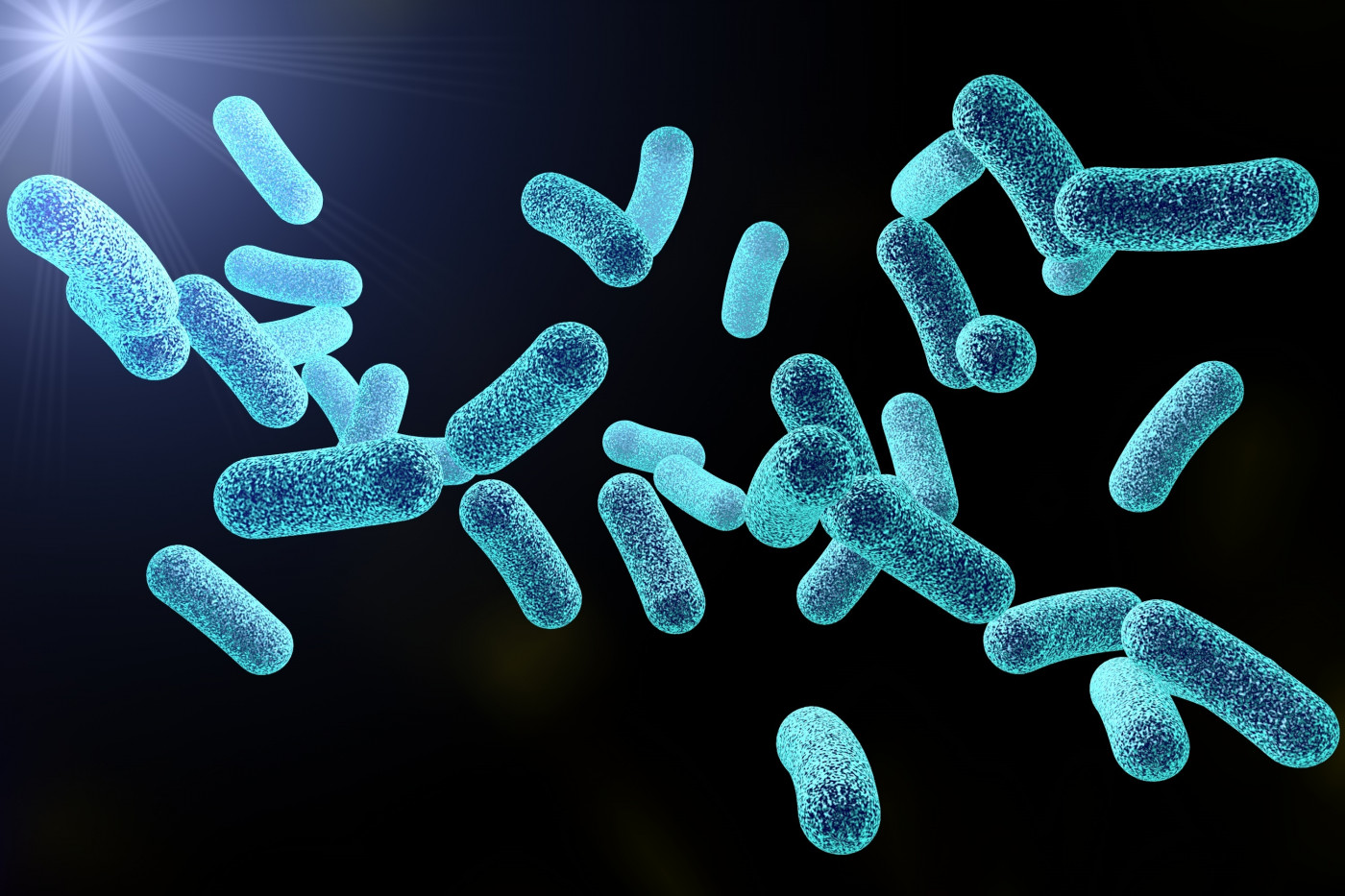Computer-designed Enzyme May Help to Kill P. aeruginosa in Biofilms
Written by |

An enzyme produced using computer design, in combination with the antibiotic tobramycin, efficiently kills Pseudomonas aeruginosa, a pathogen that often infects the lungs of patients with cystic fibrosis (CF), a study shows.
It works to neutralize a metabolite called pyocyanin, required by P. aeruginosa to attach to surfaces and form biofilms.
Results of the study, “Computationally designed pyocyanin demethylase acts synergistically with tobramycin to kill recalcitrant Pseudomonas aeruginosa biofilms,” were published in the journal PNAS.
P. aeruginosa is known to form biofilms as these bacteria cluster together and attach to a surface. A way they do so is by generating pyocyanin, a molecule that promotes cell-to-cell interactions to enhance the bacteria’s viability inside the biofilm and to better protect them from antibiotics. As they are in close contact with each other, these bacteria also can exchange genes that contribute to antibiotic resistance.
A team led by Dianne Newman, PhD, a professor of biology at the California Institute of Technology, had previously discovered an enzyme called PodA that could degrade pyocyanin and prevent the formation of biofilms. However, this enzyme could only be produced in small amounts and it lacked stability.
In collaboration with Sarel Fleishman, PhD, an assistant professor at the Weizmann Institute of Science in Israel, who specializes in computational protein design, the team set out to increase the stability and production of PodA, to test it under certain physiological conditions, and to find out if it could improve the efficacy of tobramycin — an antibiotic often used to treat chronic P. aeruginosa infections.
Due to the unique structure of PodA, the researchers first had to understand how to improve its stability. PodA is a trimer, meaning that it consists of three identical units grouped together, “like barrels strapped together,” said Fleishman in a press release.
Analyzing the enzyme’s atomic structure, they identified areas of contact between the units that could be adjusted. Then, using a software program called AffiLib, they were able to predict mutations that would best change its structure, improving its stability.
Out of 10 designed enzymes, eight were produced in higher than average quantities, showing that improving the packaging of these “barrels” could also increase the yield. One of these enzymes, PodA10, appeared to be particularly stable and was selected for further studies.
In a next set of experiments, the researchers confirmed that PodA10 could function in conditions of physiological similarity to those found in CF patient lungs.
PodA10 was then tested, together with tobramycin, in artificial biofilms simulating the type of biofilms that occur in human chronic infections. After treatment, a marker for cell death called propidium iodide was added. Results showed that bacteria treated with tobramycin and PodA10 had higher propidium iodide staining than did those with either PodA10 or tobramycin alone, suggesting a greater bacterial killing activity.
Pyocyanin, the protective molecule, is produced by P. aeruginosa when there is a lack of oxygen, especially in the inner layers of biofilms. Interestingly, its presence is toxic on the outer layers of biofilms where oxygen is present.
The team found that adding PodA10 alone can remove pyocyanin from places where there is oxygen, resulting in higher bacterial metabolic activity. Previous studies have shown that an increased metabolic activity can turn P. aeruginosa more susceptible to tobramycin. Likewise, in the presence of oxygen, PodA was seen to sensitize P. aeruginosa to tobramycin treatment.
“Our results showing enhancement of synergistic killing by a designed PodA and tobramycin provide further motivation and the means to explore PodA’s potential to be used as a biologic therapeutic for treating chronic P. aeruginosa infections,” the researchers wrote.
“Future experiments will include studying the effects of PodA10 and tobramycin in animal models to determine treatment outcomes.”






